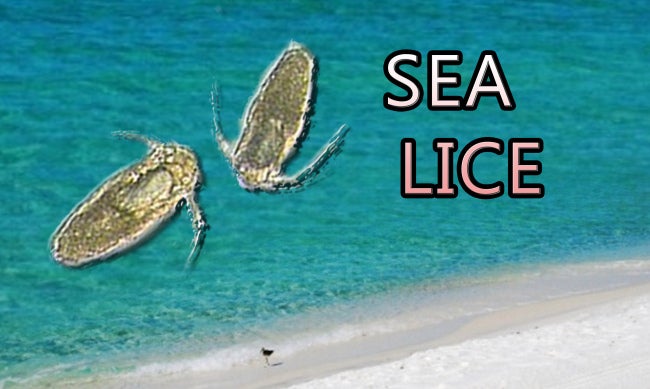Sea lice invade Gulf Coast beaches
MOBILE, Ala. (WKRG) – Purple flags are popping up all over the Florida panhandle as a nearly-invisible nuisance is causing a headache for beach-goers.
Sea lice, also known as beach lice, have been confirmed in South Walton and Santa Rosa Beaches, and they may be moving west towards Alabama.
Sea lice are virtually impossible to see underwater, making them difficult to track. They are known to get stuck underneath bathing suits and irritate the skin, causing a rash known as seabather’s eruption.

Rashes may include elevated skin with a reddish tint and some small blisters. Severe reactions can cause fever, chills, nausea and headache.
News 5 has contacted officials in Orange Beach, who say they not heard any reports of sea lice on their beaches. Officials from Gulf Shores could not be reached.
Experts say sea lice appear particularly in areas with warmer climates, such as the Gulf of Mexico and the Caribbean.
Anyone in or near the affected areas with a raised purple flag is at risk. Officials say the best form of treatment is to rub the affected area with sand or the edge of a credit card and flush the skin with hot water. Your natural reaction may be to flush the affected area with cold water, but don’t – hot water is the key, experts say.
Sea lice are the larvae of jellyfish and other ocean stingers that find their way onto shore in the currents. These microscopic larvae contain the same stinging cells as the adult creatures. Therefore, they sting – not bite.
So far, there have been no reports of sea lice on Alabama’s beaches.
